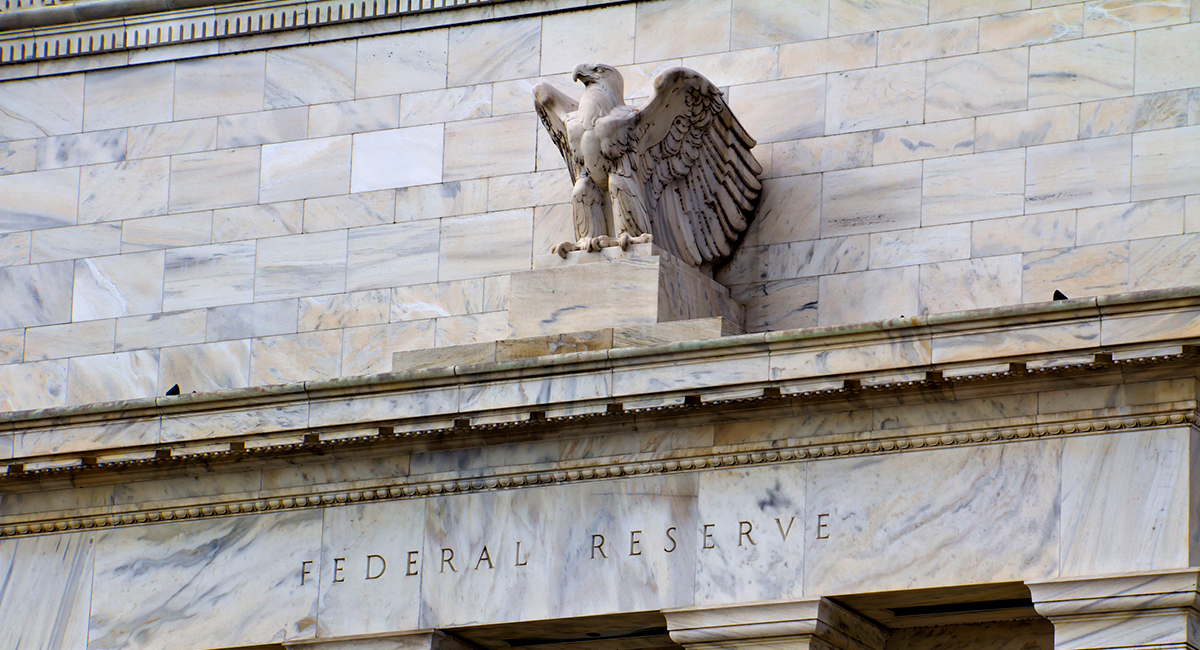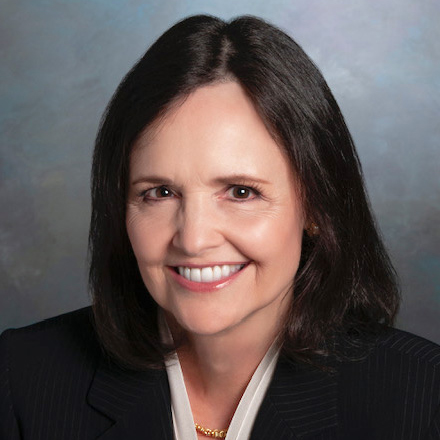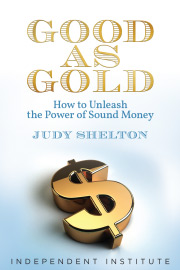Now that the debt-ceiling bill has been signed and Republicans have gained some traction on matters of fiscal solvency, their focus must turn to a new frontier: monetary policy. One of the biggest drivers of deficit spending is the cost of servicing the debt, which is largely determined by the Federal Reserve’s decisions on interest rates. The next stage of the debate should include looking at the budgetary effects of the central bank’s next move.
It is politically unseemly to suggest that monetary policy has anything to do with fiscal planning aside from plugging in estimates for annual inflation. The Fed is an independent government agency, after all. But an analysis of how budget numbers are affected by rising interest rates is sobering. In July 2021, the Congressional Budget Office projected the 10-year cost of servicing U.S. government debt for 2022-31 at $5.43 trillion. Last month, the CBO estimated that the cost for 2024-33 will be $10.56 trillion.
No wonder the $1.53 trillion reduction in deficit spending that the CBO now projects for 2024-33 as a result of the debt-ceiling agreement is considered inadequate by some members of Congress. Though the deal includes $188 billion in reduced interest costs, it still leaves the 10-year cost of servicing the debt in excess of $10.37 trillion.
When Fed officials vote on Wednesday on whether to increase their benchmark interest rate further, they won’t be thinking about how it might throw off federal budget calculations. But they should think about how boom-and-bust monetary policy wreaks havoc on fiscal discipline.
Going from a federal-funds rate of less than 0.25% to the current rate over 5% in the space of 15 months has repercussions. When the Fed holds interest rates near zero—as it did from 2008-15 and again from 2020-22—it’s easy for White House officials and members of Congress to get complacent about the debt. The amount held by the public may swell dramatically to pay for deficit spending, but the suppressed cost of borrowing makes it seem reasonable. In fiscal 2021, the average interest rate on federal debt was a record low 1.61%. The CBO now anticipates the rate will roughly double by 2032.
It could go even higher if the Federal Open Market Committee decides to ratchet up its policy rate—either this week or at its July meeting—in response to continued strong labor demand, which the Fed hopes to curb.
That raises a question: What if the Fed’s strategy to reduce inflation by hiking interest rates isn’t working? Among its consequences is a government that’s dispensing yet more money in interest payments even as it’s repressing private-sector economic growth.
The Fed’s model incorporates the Phillips Curve notion that inflation and unemployment are inversely related—as one rises, the other falls. Until there’s a discernible softening in labor-market conditions, the FOMC’s approach is to keep increasing interest rates. But as the latest strong employment numbers continue to defy expectations, monetary authorities need to question their theoretical assumptions. As John Maynard Keynes is said to have asked: “When my information changes, I change my mind. What do you do?”
Instead of attempting to counter robust hiring with another quarter-point increase in the policy rate, Fed officials should give more weight to keeping interest rates steady and predictable. Let the economy work out its own approach for reducing inflation through higher levels of output and growth. More business capital investment is needed to enhance productivity. Don’t discourage it by increasing the cost of capital.
Lawmakers are reluctant to give monetary-policy advice to the Fed for fear of encroaching on the central bank’s independence. But they can hardly be a disinterested party, and they shouldn’t shrink from expressing concern about the negative consequences the Fed’s strategy has on the economy and fiscal planning.
This could prompt an overdue evaluation of the Fed’s tool kit, which is creating problems of its own. The FOMC’s primary tool for monetary policy is to pay interest on the $5.8 trillion in cash accounts kept on deposit at the Fed by commercial banks and money-market mutual funds. As the benchmark rate has surged, that practice has become extremely costly. Since September, the Fed’s interest expenses have exceeded the interest income it receives on its own portfolio.
Instead of remitting its earnings back to the Treasury after covering expenses, the Fed is accumulating mounting losses from operations—wiping out for the indefinite future a substantial source of revenue for the government. In the Biden administration’s proposed federal budget for fiscal 2022, earnings from the Fed were projected to total $814 billion for the 10-year period 2022-31.
Why didn’t the central bank opt to raise interest rates by selling off big chunks of its holdings of Treasury debt ($5.2 trillion) and mortgage-backed securities ($2.6 trillion) rather than pay commercial banks and money-market mutual funds outright to leave their money in cash? Open market operations are the traditional way to increase rates, but ever since former Fed Chairman Ben Bernanke carried out quantitative easing through large-scale purchases of government-backed debt, FOMC officials have been reluctant to “normalize” portfolio holdings, seeming to prefer the larger footprint in financial markets. Another Fed tactic gone wrong.
By tiptoeing around questions concerning monetary policy, Congress has allowed the Fed to become too powerful, too prominent and too political. It’s bad enough that the central bank botched its handling of inflation—its most important assignment. Now it’s essential to mitigate further damage from erratic interest-rate policies and pursue needed reforms of the Fed.









